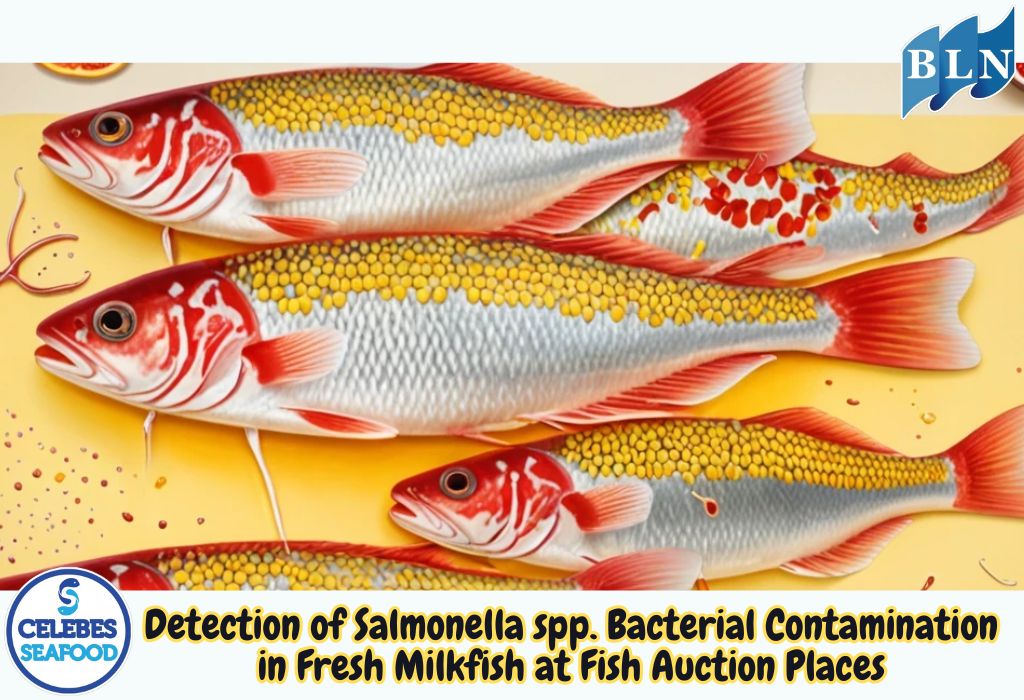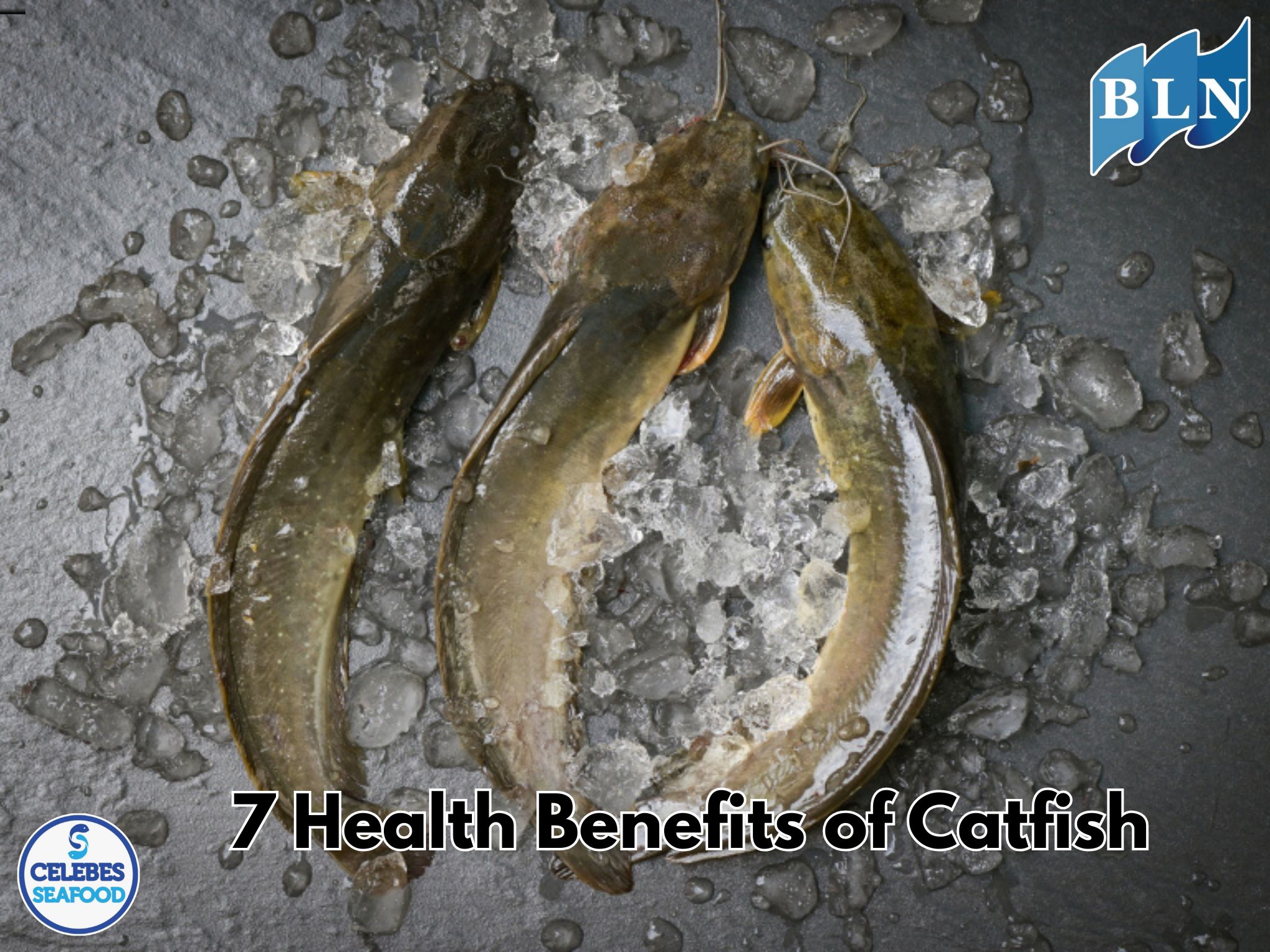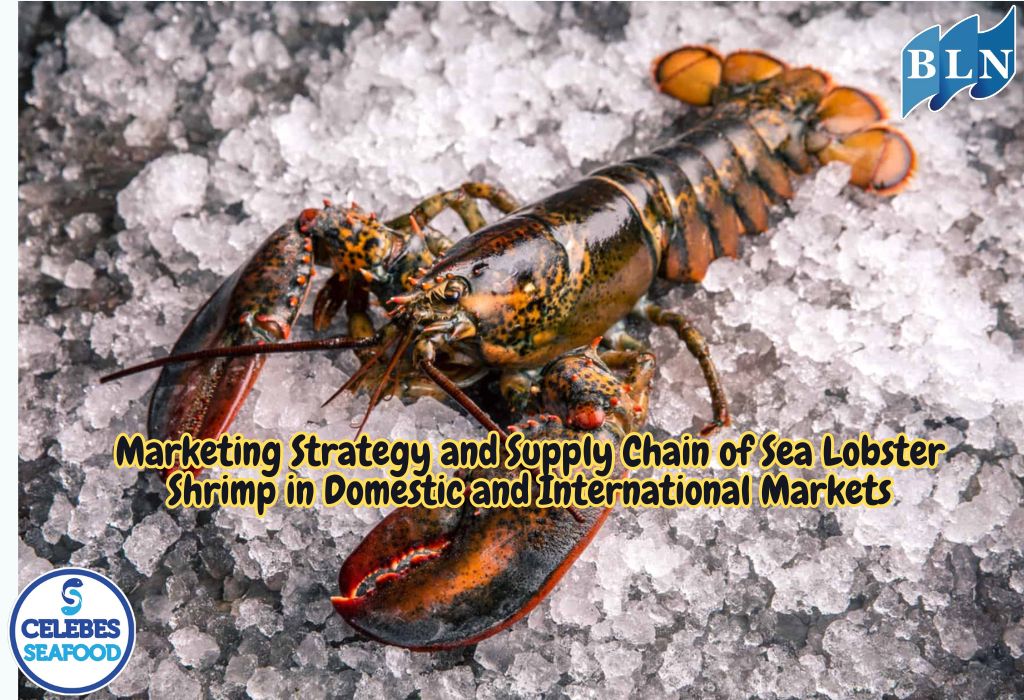The Impact of Overfishing on Trophic Chains in Marine Ecosystems
By. Azizah - 04 Aug 2025.jpg)
lautnusantara.comThe ocean is one of the most complex and dynamic ecosystems on Earth. The sustainability of marine life depends greatly on the balance of trophic chains, which are sequences of feeding interactions among organisms, from primary producers to apex predators. However, increasing pressure on marine resources—especially from overfishing—has disrupted this natural balance.
Overfishing occurs when the rate of fish harvest exceeds the population's natural capacity to replenish. This phenomenon not only reduces target fish populations but also causes major disturbances to the structure and function of marine trophic chains. This article explores the ecological impacts of overfishing on trophic balance and emphasizes the importance of sustainable fisheries management.
2. Trophic Chains in Marine Ecosystems
Marine trophic chains consist of several levels:
-
Level I – Primary Producers: Phytoplankton that perform photosynthesis and generate energy.
-
Level II – Primary Consumers: Zooplankton and small animals that feed on phytoplankton.
-
Level III – Secondary Consumers: Small fish and invertebrates that prey on zooplankton.
-
Level IV – Tertiary Consumers: Predator fish such as tuna, snapper, and sharks.
-
Apex Predators: Marine mammals (whales, seals), seabirds, and large sharks.
Rather than forming a simple linear chain, these relationships constitute complex food webs. The balance at each trophic level determines the overall stability of the ecosystem.
3. Impacts of Overfishing on Trophic Chains
a. Decline of Apex Predator Populations
Overfishing typically targets large fish species like tuna, snapper, and sharks. The decline of apex predators leads to population booms of their prey, which then disrupts the balance of lower trophic levels.
b. Trophic Cascade Effects
The removal of species at higher trophic levels can trigger a trophic cascade—significant changes in the population sizes of organisms at lower levels. For instance, fewer predatory fish can lead to overgrazing by herbivorous fish, which in turn affects phytoplankton or seagrass beds.
c. Shifting Baselines
As populations of large fish decline, fisheries begin targeting previously ignored species (e.g., small fish and invertebrates). This process, known as fishing down the food web, alters the structure of marine communities.
d. Disruption of Reproduction and Life Cycles
Intensive fishing of mature, reproductively active fish reduces the population's ability to replenish itself, threatening the long-term survival of the species.
4. Long-Term Impacts on Ecosystems
-
Loss of Biodiversity
Overexploited species may suffer drastic population declines or become locally extinct, reducing ecosystem complexity. -
Habitat Degradation
Destructive fishing gear such as bottom trawls damage critical habitats like coral reefs and seagrass beds. -
Decline in Fisheries Productivity
Trophic imbalances reduce the quantity and stability of fish harvests, directly harming the fishing industry.
5. Management and Conservation Strategies
a. Ecosystem-Based Management (EBM)
This approach considers species interactions and ecosystem functions, rather than focusing solely on target species.
b. Quotas and Minimum Catch Size
Such regulations prevent excessive exploitation and allow young fish to reach reproductive age.
c. Marine Protected Areas (MPAs)
Protected zones enable ecosystems to recover without fishing pressure and provide a “spillover effect” to nearby fishing grounds.
d. Enforcement and Surveillance
Strict action against IUU Fishing (Illegal, Unreported, and Unregulated Fishing) is essential, as it significantly contributes to overfishing.
If you are interested in our Coral Trout Fillet Skin On, CORAL TROUT WGG WHOLE GILLED GUTTED, TOMATO COD WHOLE GILLED GUTTED please do not hesitate to contact us through email and/or whatsapp.

.jpg)


.jpg)
 in Coral Reef Ecosystems.jpg)
.jpg)
